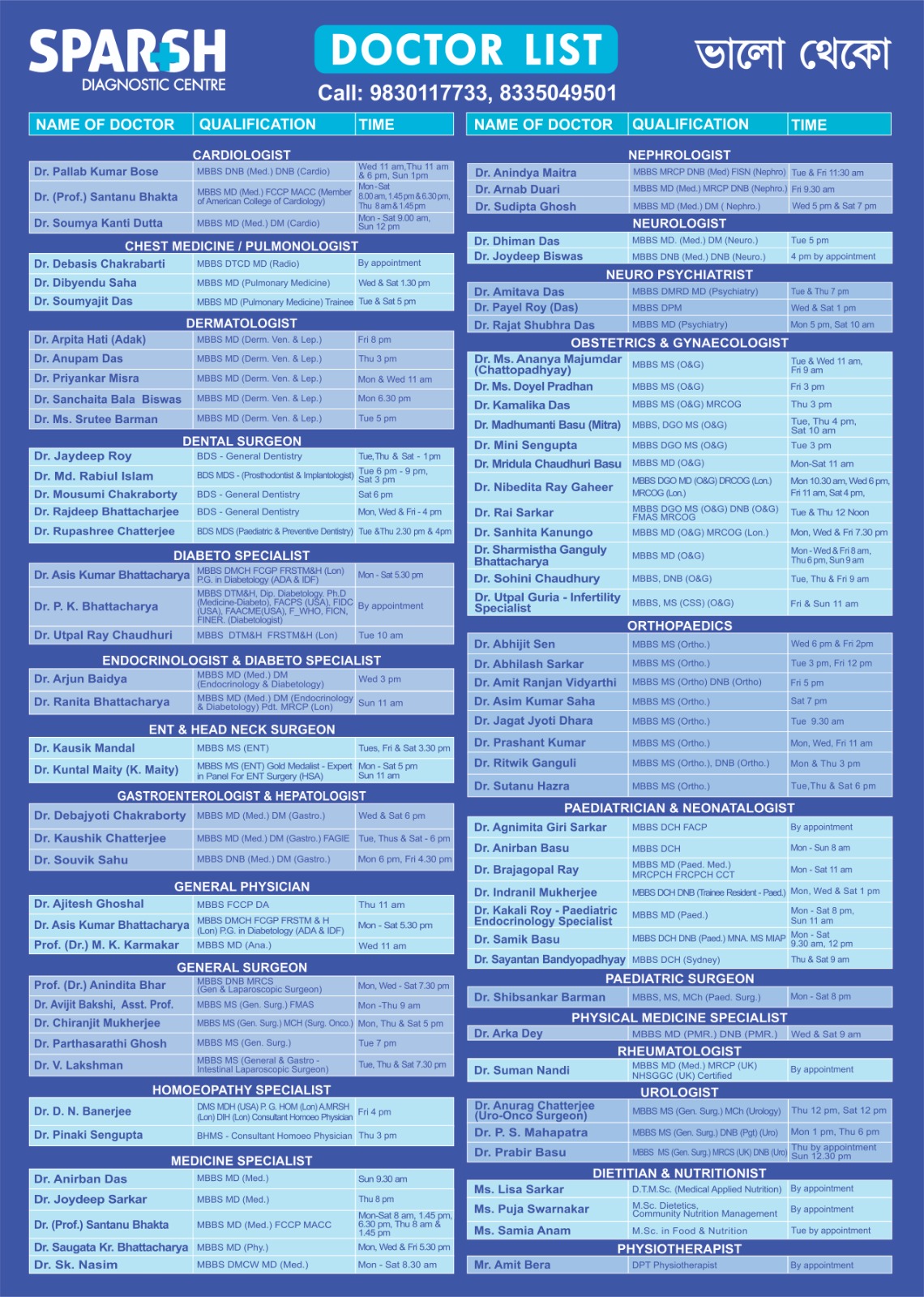Compartment Syndrome is a serious medical condition that occurs when excessive pressure builds up within the muscles. This pressure reduces blood flow, depriving muscles and nerves of oxygen and nutrients. If not treated promptly, it can lead to permanent muscle and nerve damage, disability, or even the need for amputation. Understanding the warning signs and knowing when to seek emergency care can make a life-saving difference.
This detailed guide explains everything you need to know about Compartment Syndrome — from causes and risk factors to diagnosis, treatment options, and prevention.
What Is Compartment Syndrome?
Your arms and legs are divided into sections called compartments, which contain muscles, nerves, and blood vessels. These compartments are surrounded by a tough tissue layer called fascia. Unlike other tissues, fascia does not stretch easily.
When swelling, bleeding, or inflammation occurs inside a compartment, the pressure increases. Since the fascia cannot expand, the rising pressure squeezes nerves and blood vessels, disrupting blood flow. This condition is known as Compartment Syndrome.

There are two types:
1. Acute Compartment Syndrome (ACS)
A medical emergency
Occurs suddenly after trauma or injury
Requires immediate surgical treatment
If not treated within 6 hours, the damage can be irreversible
2. Chronic Exertional Compartment Syndrome (CECS)
Develops gradually, often in athletes
Caused by repetitive exercise
Not life-threatening but can affect performance and daily functioning
Causes of Compartment Syndrome
1. Traumatic Injuries (Most Common Cause)
Acute Compartment Syndrome is usually triggered by:
Fractures (especially of tibia or forearm)
Crush injuries
Severe bruising or blunt trauma
Tight casts or bandages
Surgery (post-operative swelling)
2. Overuse and Exercise
Chronic Compartment Syndrome is common in:
Runners
Cyclists
Military recruits
Sports involving repetitive leg or arm movements
3. Internal Bleeding
Conditions that cause bleeding inside the compartment:
Ruptured blood vessels
Excessive use of anticoagulants (blood thinners)
4. Burns
Burns cause tightening of skin and tissue, increasing pressure in the compartment.
5. Steroid Use
Long-term or improper steroid use may cause muscle edema and increase compartment pressure.
How Compartment Syndrome Develops: The Physiology
When muscle swells due to injury or inflammation, the blood vessels inside the compartment collapse under pressure. This prevents oxygen-rich blood from reaching tissues. When oxygen supply drops:
Muscles begin to die within hours
Nerves stop functioning
Toxins build up in the affected area
Permanent disability may occur
In severe cases, untreated ACS can even lead to kidney failure due to muscle breakdown releasing toxins (rhabdomyolysis).
Symptoms of Compartment Syndrome
Acute Compartment Syndrome (Emergency Symptoms)
Symptoms usually appear within a few hours of the injury:
1. Severe Pain
Intense, constant, and disproportionate to injury
Worsens with stretching of the muscle
2. Tightness or Fullness
A feeling of extreme pressure in the affected limb
3. Numbness or Tingling
Indicating nerve compression
4. Pale or Cool Skin
Due to reduced blood circulation
5. Weakness or Paralysis
Late-stage sign — requires emergency action
Chronic Exertional Compartment Syndrome Symptoms
Typically occur during exercise and improve with rest:
Gradual, aching pain
Tightness or cramping
Visible bulging of muscles in severe cases
Common Locations of Compartment Syndrome
While it can occur anywhere, the most affected areas include:
1. Lower Leg (Most Common Site)
Divided into:
Anterior compartment
Lateral compartment
Deep posterior compartment
Superficial posterior compartment
2. Forearm
Particularly after fractures or crush injuries.
3. Thigh
4. Foot or Hand
Often due to trauma or burns.
Diagnosis of Compartment Syndrome
1. Physical Examination
Doctors check for:
Severe pain
Tightness of the skin
Tenderness
Sensory loss
Weakness
2. Compartment Pressure Monitoring (Gold Standard)
A special device measures internal pressure. High pressures confirm the diagnosis.
3. Imaging Tests
Used mainly to rule out other conditions:
4. Blood Tests
To detect muscle damage:
Creatine kinase (CK)
Myoglobin levels
For chronic cases:
Pressures are measured before and after exercise.
Treatment of Compartment Syndrome
Acute Compartment Syndrome Treatment
Acute cases require immediate surgical intervention.
1. Emergency Fasciotomy (Life-Saving Surgery)
A surgeon makes long cuts through the skin and fascia to release pressure. This restores blood flow and prevents muscle death.
Delayed treatment can lead to:
Permanent nerve damage
Muscle scarring (contracture)
Loss of limb function
- Amputation
2. Supportive Treatments
After fasciotomy:
Wound care
Antibiotics to prevent infection
Pain management
Physiotherapy for mobility recovery
Chronic Exertional Compartment Syndrome Treatment
1. Conservative Management
Activity modification
Proper warm-up and stretching
Use of orthotics or shoe inserts
Physical therapy
Anti-inflammatory medications
2. Surgical Fasciotomy
Recommended if conservative methods fail. Many athletes return to full activity post-surgery.
Complications of Untreated Compartment Syndrome
If not treated on time, complications can be severe:
1. Permanent Muscle Damage
Muscles may harden and shorten (Volkmann’s contracture).
2. Nerve Injury
Causing chronic pain or paralysis.
3. Infection
Especially in open fasciotomy wounds.
4. Amputation
In extreme cases where tissue death occurs.
5. Kidney Failure
Due to toxins released from dying muscles (rhabdomyolysis).
Prevention of Compartment Syndrome
While not all cases can be prevented, you can reduce the risk:
1. For Traumatic Causes
Avoid overly tight bandages or casts
Elevate limbs after injury (not too high)
Seek immediate medical care after fractures
2. For Exercise-Related Causes
Gradually increase workout intensity
Wear proper footwear
Warm up and stretch before exercise
Stay hydrated during sports
3. For People on Blood Thinners
Regular monitoring
Report any bruising or swelling promptly
Compartment Syndrome in Athletes
Athletes are particularly prone to CECS due to repetitive stress. Warning signs include:
Pain starting after a certain distance or duration
Improvement quickly after rest
Tightness during exercise
Ignoring these signs can worsen the condition. Proper evaluation and timely treatment help athletes return to peak performance safely.
Compartment Syndrome in Children
Though less common, it can occur due to:
Fractures (especially elbow or forearm)
Burns
Rarely, infections
Children may not express pain clearly. Warning signs include:
Excessive crying
Refusal to move limb
Swelling or tightness
Early diagnosis is essential to prevent long-term problems.
Recovery After Fasciotomy
Recovery depends on:
Severity of injury
Time to treatment
Extent of muscle damage
Typical recovery timeline
Pain and swelling reduce in 1–2 weeks
Stitches removed in 2–3 weeks
Light activity resumes in 4–6 weeks
Full recovery may take 3–6 months
Physiotherapy helps restore strength and flexibility.
When to Seek Emergency Medical Care
Visit an emergency centre immediately if you experience:
Severe pain after injury
Pain worse than expected for the condition
Pain when stretching the muscle
Persistent numbness or tingling
Tight, shiny, hard-looking skin
Early intervention can save the limb — and sometimes even your life.
Frequently Asked Questions (FAQ)
1. Is Compartment Syndrome life-threatening?
Yes, acute Compartment Syndrome is a medical emergency and can lead to permanent disability or death if untreated.
2. Can Compartment Syndrome go away on its own?
Chronic cases may improve with rest and activity modification, but acute cases require immediate surgery.
3. How quickly does Compartment Syndrome develop?
Symptoms typically develop within hours after injury, but sometimes onset may be delayed by 24–48 hours.
4. Can exercise cause Compartment Syndrome?
Yes. Repetitive exercise, especially running or cycling, can cause Chronic Exertional Compartment Syndrome.
5. Is fasciotomy always necessary?
For acute cases—yes. For chronic cases, surgery is recommended only when conservative treatments fail.
6. What is the most common site of Compartment Syndrome?
The lower leg, especially the anterior (front) compartment.
7. Can wearing tight clothing trigger it?
Very tight boots, bandages, or casts may increase pressure and trigger acute episodes.
8. How is it diagnosed?
Diagnosis is confirmed by measuring compartment pressure using a specialized device.
9. What happens if treatment is delayed?
Delayed treatment can lead to permanent nerve damage, muscle death, or amputation.
10. Can children develop Compartment Syndrome?
Yes. It’s rare but can occur, especially after fractures or burns.
Compartment Syndrome is a serious condition that requires awareness and prompt medical attention. Understanding its symptoms, causes, and treatment options can help prevent dangerous complications. Whether caused by injury, surgery, or intense exercise, early diagnosis is key to ensuring full recovery.
If you experience unexplained severe pain, swelling, or tightness in a limb — especially after trauma — consult a healthcare professional immediately.
For expert evaluation and advanced imaging, Sparsh Diagnostic Centre offers comprehensive diagnostic support to ensure timely, accurate diagnosis and effective treatment guidance.
#BhaloTheko
Disclaimer:
No content on this site, regardless of date, should ever be used as a substitute for direct medical advice from your doctor or other qualified clinician.

![]()






[…] MyonecrosisOccurs when blood flow to muscle is critically reduced due to trauma, compartment syndrome, or severe […]
[…] to muscle tissue is reduced or cut off, leading to oxygen deprivation. Common in conditions like compartment syndrome or arterial […]